An alpine laburnum at Greniteigur 9 in Reykjanesbær was selected as the Tree of the Year 2011. Alpine laburnums have proven themselves to be relatively hardy, both in terms of wind and salt, although they grow better and flower more in more sheltered areas. Laburnum trees in Iceland are known to reach up to 10 m in height and frequently sporting many trunks and a large crown, with yellow clusters of flowers. Consequently, they are a fairly popular garden tree in Iceland. The tree at Greniteigur was planted in 1958 or 1959 by the couple who built the house in 1956 and was a few years old at the time of planting. The lady, Sigrún Guðjónsdóttir, was still living in the house at the time of the nomination. The tree was formally measured at the nomination and turned about to be 7,35 m in height and splits into six trunks at about 50 cm height, with the largest trunk having a diameter of 22,2 cm.
Location on Google Maps: https://goo.gl/maps/U9ijeJ4szVg8FEE57
An article (in Icelandic) from Skógræktarritið – The Journal of the Icelandic Forestry Association about the tree (here).
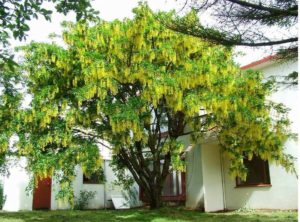
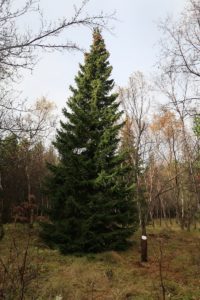

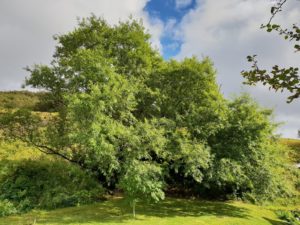
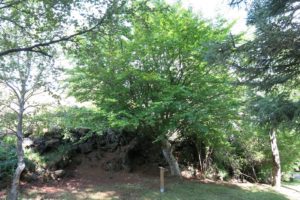
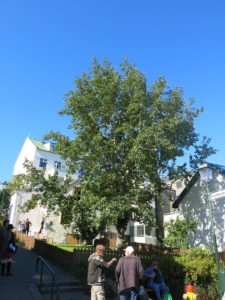
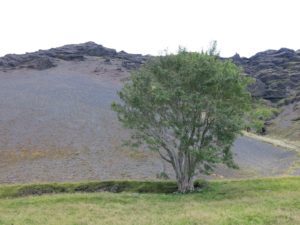
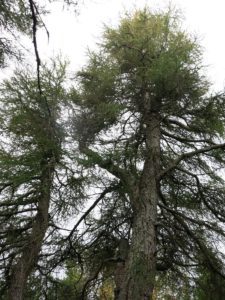
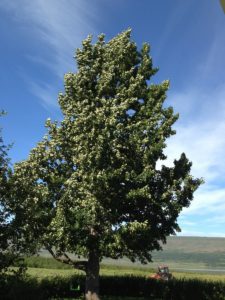
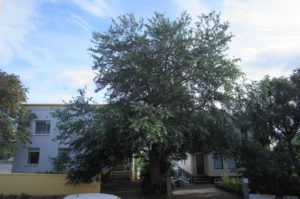



Nýlegar athugasemdir